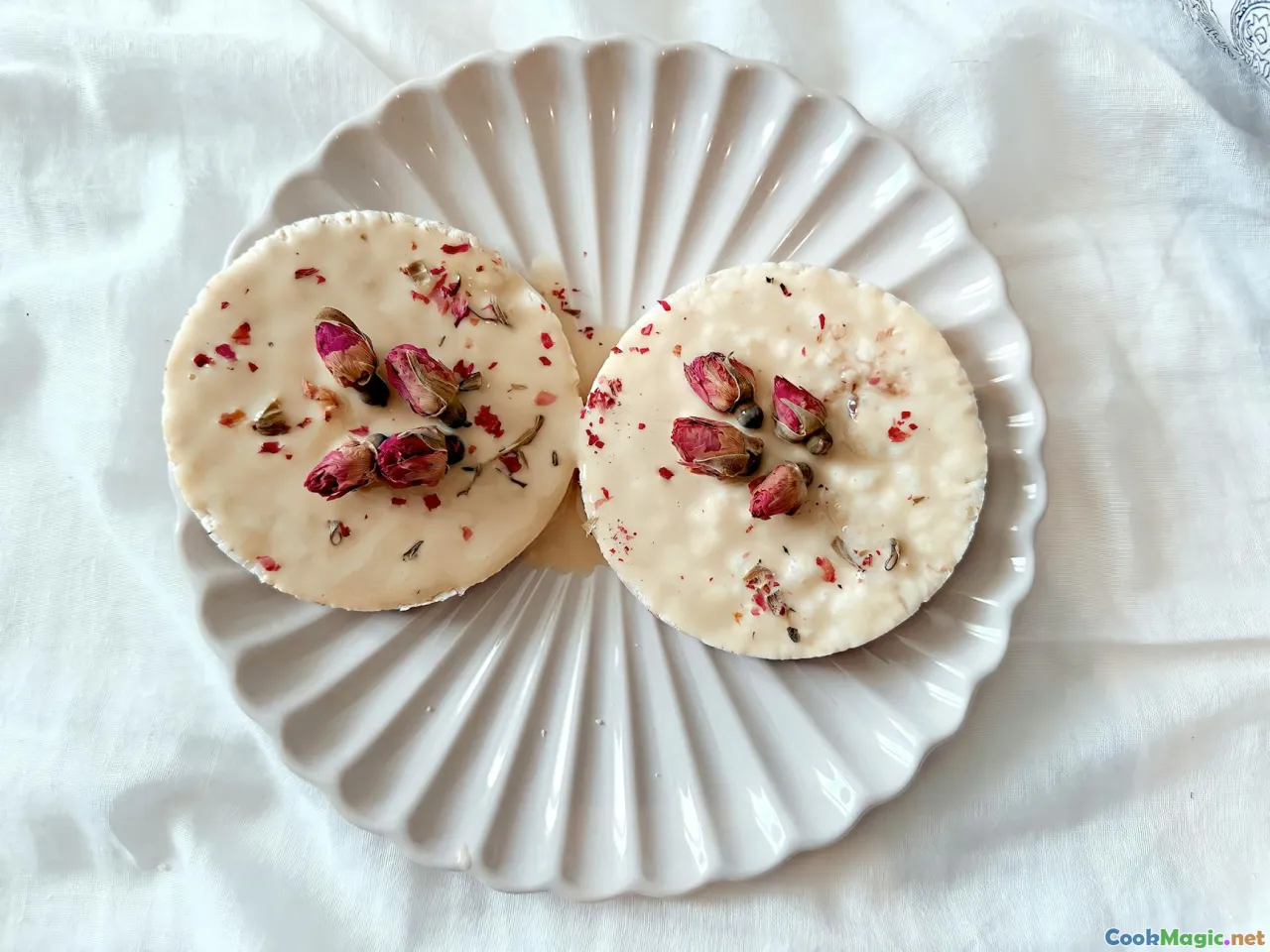Mastering Plate Lunch Presentation for Culinary Professionals
8 min read Elevate your Hawaiian plate lunches with expert tips on presentation, blending culture, color, and artistry to delight both the eyes and palate. June 18, 2025 03:05
Mastering Plate Lunch Presentation for Culinary Professionals
Introduction: Beyond Taste—The Art of Visual Storytelling on a Plate
Imagine walking into a bustling Hawaiian eatery where the aroma of roasted pork, fragrant rice, and fresh tropical fruits fills the air. As your eyes scan the vibrant array of dishes, you notice not just the flavors but the artistry—the way each component is carefully arranged to tell a story. This is the power of masterful plate presentation. In Hawaiian culture, food is more than sustenance; it’s a reflection of history, community, and aloha spirit. For culinary professionals, understanding how to craft visually compelling plate lunches isn’t just about aesthetics—it’s about elevating the dining experience, engaging the senses, and honoring tradition.
In this article, we will explore the nuances of Hawaiian-inspired plate lunch presentation, blending cultural significance with modern techniques. Whether you’re a seasoned chef or an aspiring culinary artist, mastering the art of plating can transform simple ingredients into a feast for the eyes and the palate.
The Cultural Significance of Plate Presentation in Hawaiian Cuisine
A Reflection of Aloha Spirit
Hawaiian cuisine is deeply rooted in the islands’ rich history and multicultural influences—from native Hawaiian traditions to Asian, American, and Portuguese flavors. This melting pot is beautifully represented in the plate lunch, which embodies community, sharing, and hospitality. The way a plate is presented can evoke feelings of warmth, welcome, and respect.
Tradition Meets Modernity
Historically, Hawaiian food was served in communal settings using locally available materials and simple arrangements. Today, chefs blend these traditional roots with contemporary plating techniques, creating a visual dialogue between past and present. This evolution emphasizes respect for origins while embracing innovation.
Visual Storytelling: Conveying Culture and Emotion
A well-designed plate visually narrates the story of its ingredients—the lush green of taro leaves, the fiery red of Hawaiian chili, the golden hue of laulau. Thoughtful presentation invites diners to connect emotionally with the food, enhancing appreciation and enjoyment.
Elements of an Impactful Plate Lunch Presentation
1. Color Harmony
Vibrant colors stimulate appetite and create visual intrigue. Use a palette inspired by Hawaii’s natural beauty—bright oranges of sweet potatoes, deep greens of seaweed, and the vivid reds of poke. Contrasting colors add depth and highlight each component.
2. Balance and Symmetry
Achieve harmony by balancing different textures and shapes. Place protein at the center or slightly off-center, with rice, vegetables, and garnishes arranged to create a pleasing asymmetry or symmetry. The goal is to guide the eye naturally across the plate.
3. Texture and Height
Contrast textures—crispy, tender, creamy—to add sensory interest. Elevate elements using small mounds or stacked components to add height, creating a dynamic visual effect.
4. Use of Space
Avoid overcrowding; negative space is a tool to emphasize key ingredients. A well-spaced plate allows each element to stand out and breathe.
5. Garnishes and Accents
Incorporate edible garnishes—fresh herbs, sliced tropical fruits, or a drizzle of sauce—to add color, flavor, and elegance. These accents should complement, not overpower.
Practical Techniques for Stunning Plate Lunchs
Mise en Place: Preparation Is Key
Organize all ingredients before plating. Pre-cut vegetables, portion sauces, and set up tools to ensure efficiency and precision.
Using the Right Tools
Utilize tweezers for delicate placements, ring molds for shaping rice or vegetables, and angled spatulas for smooth sauces. Investing in quality tools improves execution.
Plate Selection
Choose plates that enhance the dish—earth-toned ceramics for rustic appeal or sleek white for modern elegance. The plate itself should complement the food without distraction.
Layering and Stacking
Start with the base (rice or vegetables), then add proteins and toppings. Use stacking techniques to create height, but ensure stability.
Sauces and Drizzles
Apply sauces with precision using squeeze bottles or brushes. Artistic drizzles or dots can add sophistication.
Incorporating Hawaiian Flavors into Visual Design
Color Inspiration from the Islands
Draw from Hawaii’s vibrant landscape—think the emerald of rainforests, the azure of the ocean, and the fiery sunset hues. Use these colors as a guide for plate composition.
Cultural Symbols and Motifs
Integrate elements like plumeria flowers, tropical leaves, or traditional patterns as edible or decorative accents.
Highlighting Local Ingredients
Showcase local produce—pineapple, taro, poi—through thoughtful placement that celebrates their natural beauty.
Personal Insights and Anecdotes
During my time working with Hawaiian chefs, I observed that the most memorable plate lunches are those that tell a story—whether it’s a dish that pays homage to a family recipe or a modern twist on traditional flavors. One chef I met emphasized the importance of “serving with aloha,” meaning each plate should radiate warmth and care. This philosophy translates into meticulous plating—each component placed with intention, each color chosen to evoke a sense of place.
I recall a particular Hawaiian luau-inspired plate that combined kalua pork with a side of poi, garnished with edible hibiscus flowers and a drizzle of dark soy. The contrast of textures and colors made it not just a meal but a visual celebration. It’s this level of attention that elevates a simple plate lunch into an experience.
Final Thoughts: The Art of Making Every Plate a Masterpiece
Mastering plate lunch presentation is an ongoing journey—a blend of cultural understanding, technical skill, and artistic intuition. In Hawaiian cuisine, where food is intertwined with community and tradition, presentation becomes a form of storytelling and reverence.
Remember, the goal isn’t just to make the food look good—it’s to create an invitation for diners to taste the story, feel the warmth, and share the aloha spirit. With thoughtful design, vibrant colors, and a touch of passion, every plate can become a masterpiece that honors Hawaii’s rich culinary heritage.
Aloha and happy plating!









